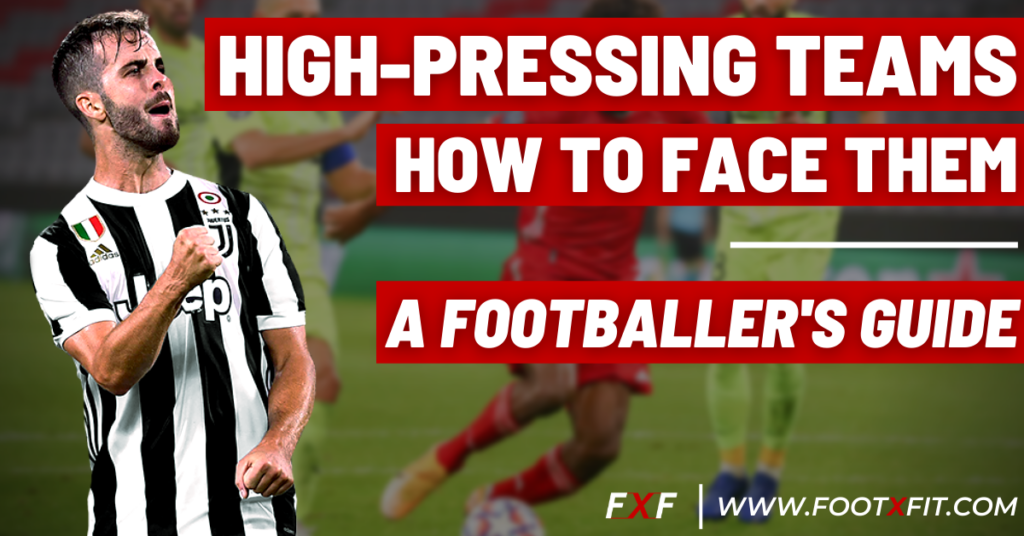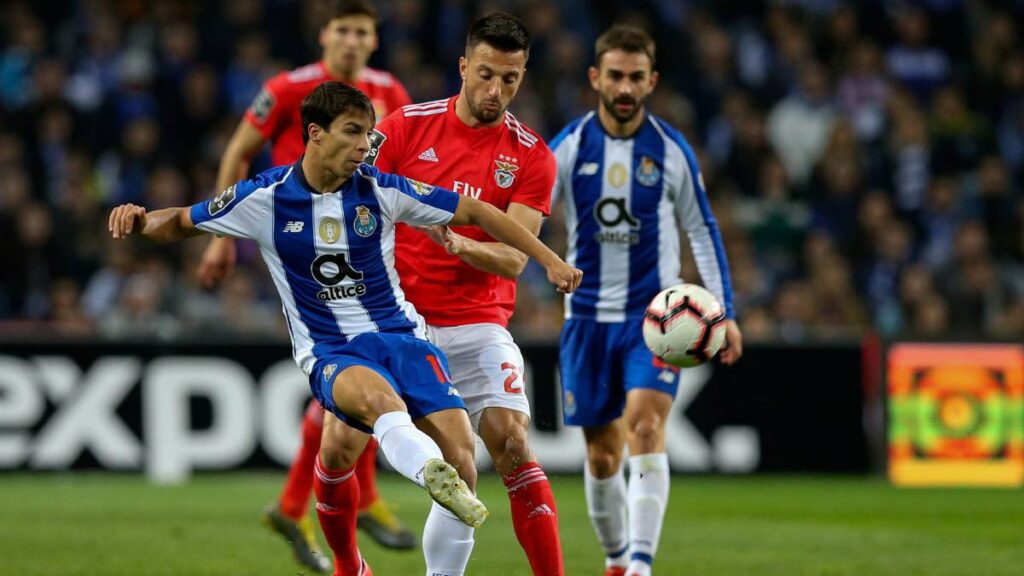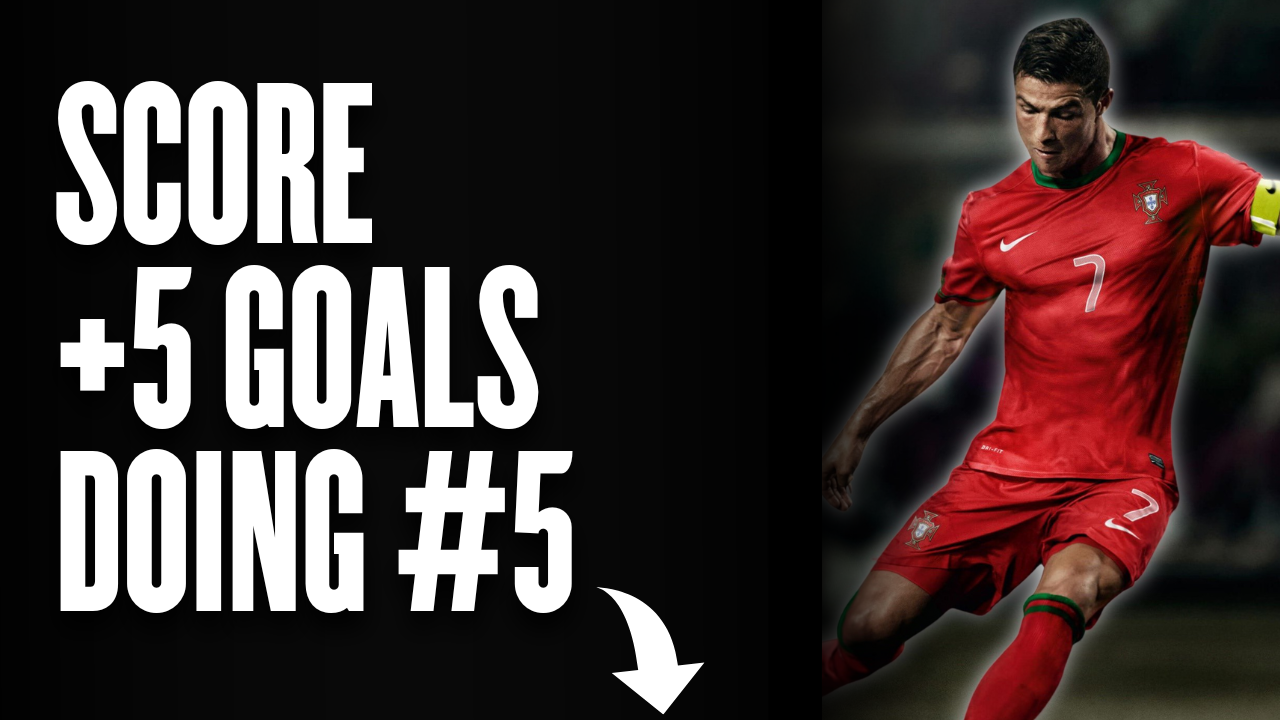
In modern football, offensive pressure is a tactic that is widely being used among teams, especially from football sides such as Man. City, Bayern Munich, Liverpool, etc. This is because these high pressing teams usually have players with the appropriate skill set needed to apply this tactic. These qualities include one-touch football, quick and at the same time right decision making, exceptional physical conditioning and generally talking, good chemistry between the players as well as tactical intelligence.
But what happens when you are in the team that receives this high pressure? This certainly is an unpleasant and demanding experience, not only for the body but also for the mind. Getting pressed high for 90 minutes straight and trying to react properly is a very difficult task. Through this article, we will try to help you better understand this tactical situation. This knowledge you will receive will help you react faster. This article will help you understand how you can transform these high-pressure moments into great attacking plays. But first, let’s clear up the basics.
WHAT IS OFFENSIVE PRESSURE
Offensive pressure is a tactical process carried out from one team to another. Its primary aim is to regain possession and consequently create a counterattack or fast attack. A core characteristic of this tactic is the full team’s movement closer to the attacking 3rd.
More specifically, offensive pressure is usually applied by 2-3 players. These defend either high up the field as a unit/zone or exert extreme pressure on the player who is in possession of the ball.
This style of play comes with its cons, too. The high defensive line that is needed to apply this pressure drastically increases the risk of conceding a goal due to an imbalanced and disorganized backline, that leaves open spaces for the opposition to exploit.
Now that you’ve understood this game style, it is time to analyze how you can REACR to it properly!
YOUR BEHAVIOUR AGAINST A HIGH-PRESSING TEAM
There are several ways you can react to this tactical situation. Some may have a higher success rate than others. Something that should be clarified, however, is the fact that the reaction to the offensive pressure does not solely depend on the holder of the ball but on the whole team. For this reason, in addition to understanding this function, it is important to practice such scenarios in team training to build up the reactive function as a unit.
Scenario #1: Using A “Link” Player
The use of a “link” player for the continuation of the passing game is one of the solutions that shows a higher success rate in terms of possession maintenance. What your team is essentially required to do is to “break” the lines of high pressing teams with a pass to a player who apparently has more time and space to think and execute. This key player can then change the point of attack or create an attacking play. Such a pass can be the pass back to the goalkeeper to create an organized attack, a through pass to the central defensive midfielder to break the pressing line, etc.
It is through this player that the team can break the pressure and give itself time and space for reorganization and a more advantageous build-up,
The use of the link player is particularly difficult as the pressure exerted leaves little room for error. The qualities needed are very high. Players are required to have excellent technical ability in terms of their passing accuracy. This is a situation where one-touch football is particularly useful and effective!
We can certainly not forget to point out the importance of the team’s tactical model. In order to have a “link” player, the team must regularly create triangular formations to create open passing lanes. Teamwork is an essential ingredient for success. Work on it in team training.
Apart from the above, mental skills are also a MUST. After all, we are talking about a high-pressure situation. Football is just like life and the stressful situations we experience. You have to have a clear and calm mind! There is no room for second thoughts.

*As an affiliate, I'm earning from qualifying purchases without any extra charges being placed on you.
Scenario #2: Switching The Point Of Attack
Changing the point of attack on the opposite side is another option that may seem effective. That’s because high-pressing teams create a numerical advantage on the side where pressure is applied. This leaves the opposite side unstable and disorganized, with fewer (if any) players.
In order for this switch to happen, the player who has the ball must have a good perception of the field (in this case the width of the field) and good decision-making ability. Then, he will have to either make a long ball (immediate distribution) that requires a good level of technique or the team should try to switch the play, again, with a “link” player (slower switch of play).
In fact, a switch of play can quickly translate into a fast attack (e.g. long-ball to the winger).
Scenario #3: Clearing The Ball Away (With/Without Target)
The third option that we will mention here is the clearance of the ball. This can happen either with a deep long-ball that will target a player on the line of attack or the back of the opposing defense. Another alternative is to blindly clear the ball away.

This choice significantly reduces the risk of the team conceding a goal, however, the chances of losing ball possession increase sharply. Of course, the loss of possession will occur (logically) higher up the field where the chances of a counter-attack are really small. At the same time, however, the player who is clearing the ball away can try to clear it away in such a way that it deflects on the opponent. This would lead to a throw-in in favor of your team.
In any case, the clearance of the ball will lead to a duel. In this duel, the offensive line must be ready to win the 1st or the 2nd ball. If they don’t win a duel at all, applying high pressure to the ball holder is also a very good option for regaining possession.
CONCLUSION
Offensive pressing is a tactic that requires attention to detail from both teams. High-pressing teams are difficult to unlock, however, your goal should be the best possible understanding of this pretty common tactical situation. Knowledge is power and an ESSENTIAL element of preparation. I hope this article helped you understand how you should react t an offensive press.
If you liked this article, make sure to SHARE it with some of your teammates and coach and check out some of our other articles by clicking here! Also, let us know what topics you want us to cover next. We can’t wait to hear from you!
REVERSE-ENGINEER THE PROCESS OF BREAKING THE PRESS
One strategy we use at FootXFit to gain clarity on a new skill, movement, etc. is reverse-engineering the process.
I strongly encourage you to read our article on how to apply a high press effectively to better understand how you need to act or just watch our video.
Knowing the opposition’s “secrets” gives you a major advantage.

*As an affiliate, I'm earning from qualifying purchases without any extra charges being placed on you.
Take that advantage now.




